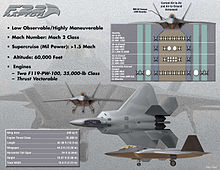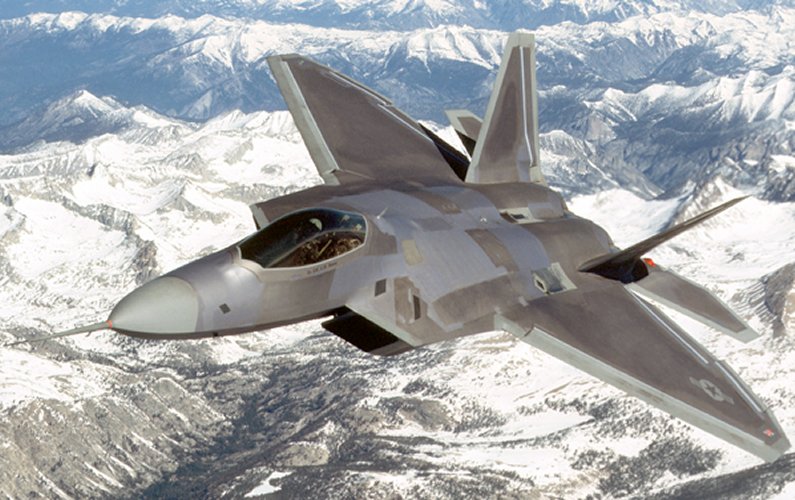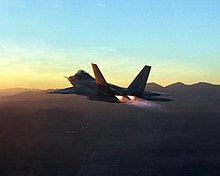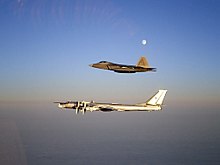



Why F-22 Raptor production was canceled ? - World News
F-22 Raptor Fail
mer test pilot Paul Metz speaks about the F-22 Raptor
Comments: 2
Comments: 38
Comments: 2
Comments: 3
Comments: 2
Comments: 5
Comments: 8
Comments: 7
Comments: 0
 F22 מטוס מתקדם מאוד אבל עם בעיות רבות ויקר ביותר Tue Aug 01, 2017 10:32 am
F22 מטוס מתקדם מאוד אבל עם בעיות רבות ויקר ביותר Tue Aug 01, 2017 10:32 am



 Re: F22 מטוס מתקדם מאוד אבל עם בעיות רבות ויקר ביותר Tue Aug 01, 2017 10:38 am
Re: F22 מטוס מתקדם מאוד אבל עם בעיות רבות ויקר ביותר Tue Aug 01, 2017 10:38 am
 Re: F22 מטוס מתקדם מאוד אבל עם בעיות רבות ויקר ביותר Tue Aug 01, 2017 10:38 am
Re: F22 מטוס מתקדם מאוד אבל עם בעיות רבות ויקר ביותר Tue Aug 01, 2017 10:38 am




 Re: F22 מטוס מתקדם מאוד אבל עם בעיות רבות ויקר ביותר Tue Aug 01, 2017 10:39 am
Re: F22 מטוס מתקדם מאוד אבל עם בעיות רבות ויקר ביותר Tue Aug 01, 2017 10:39 am
 United States
United States
 Re: F22 מטוס מתקדם מאוד אבל עם בעיות רבות ויקר ביותר Tue Aug 01, 2017 10:40 am
Re: F22 מטוס מתקדם מאוד אבל עם בעיות רבות ויקר ביותר Tue Aug 01, 2017 10:40 am | |||||||||||||
| מאפיינים כלליים | |||||||||||||
| סוג | מטוס קרב חמקן | ||||||||||||
| ארץ ייצור |  ארצות הברית ארצות הברית | ||||||||||||
| יצרן | לוקהיד מרטין ובואינג | ||||||||||||
| טיסת בכורה | YF-22: 29 בספטמבר 1990 F-22: 7 בספטמבר 1997 | ||||||||||||
| תקופת שירות | 15 בדצמבר 2005 – עדיין בשירות | ||||||||||||
| צוות | 1 | ||||||||||||
| יחידות שיוצרו | 195 | ||||||||||||
| משתמש ראשי |  חיל האוויר האמריקאי חיל האוויר האמריקאי | ||||||||||||
| מחיר | 135 מיליון דולר | ||||||||||||
| |||||||||||||
| |||||||||||||
| תרשים | |||||||||||||
 | |||||||||||||

המחאה החברתית לישראל-SATWORLD.ORG » המחאה החברתית לישראל - מחזירים את המדינה לידי העם- THE ISRAELI SOCIAL JUSTICE PROTEST ORGANIZATION » המחאה החברתית לישראל -המאבק במשרד הבטחון ,צהל,שירות הבטחון הכללי ,והמוסד » F22 מטוס מתקדם מאוד אבל עם בעיות רבות ויקר ביותר
Permissions in this forum:
אתה לא יכול להגיב לנושאים בפורום זה